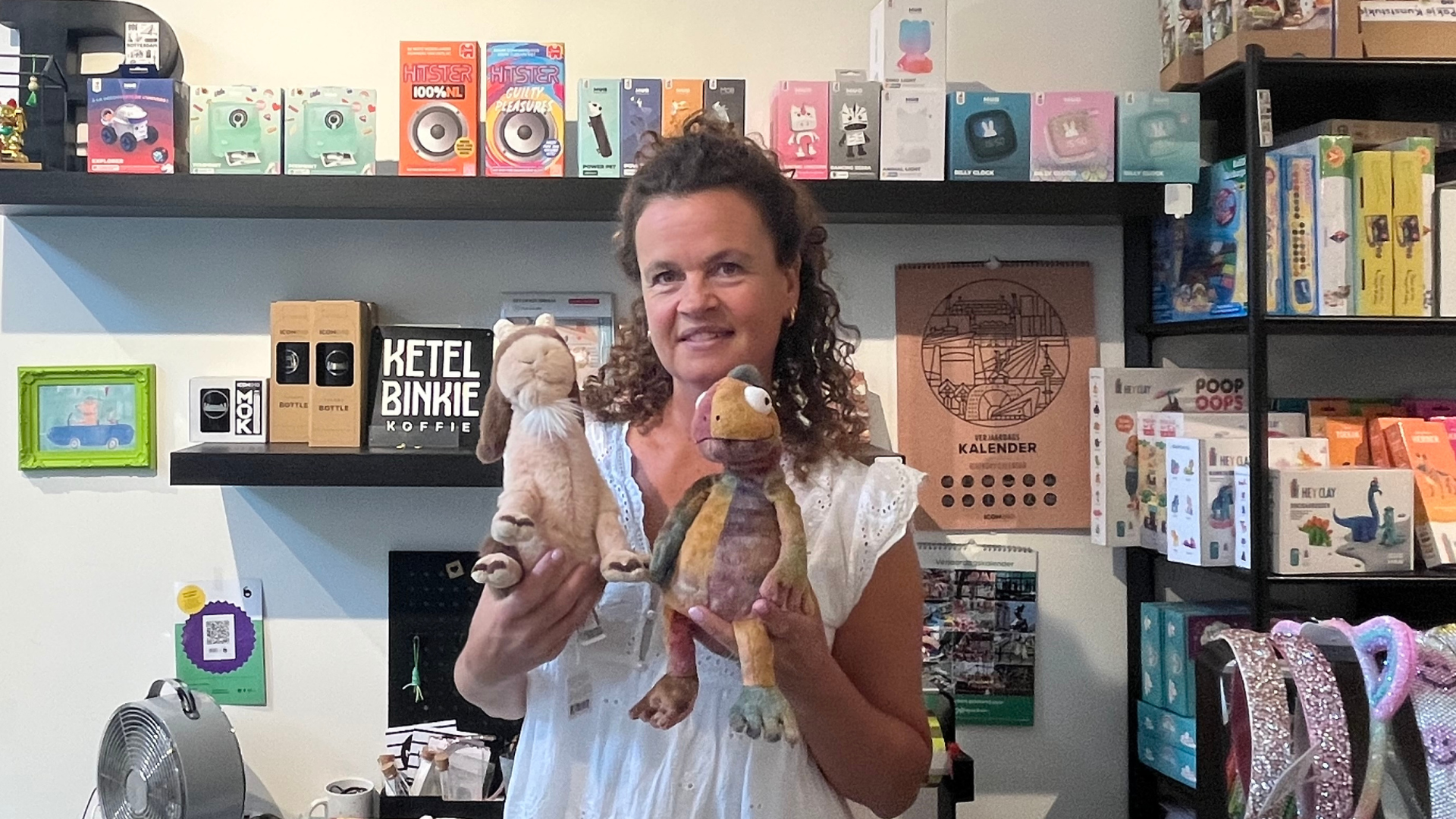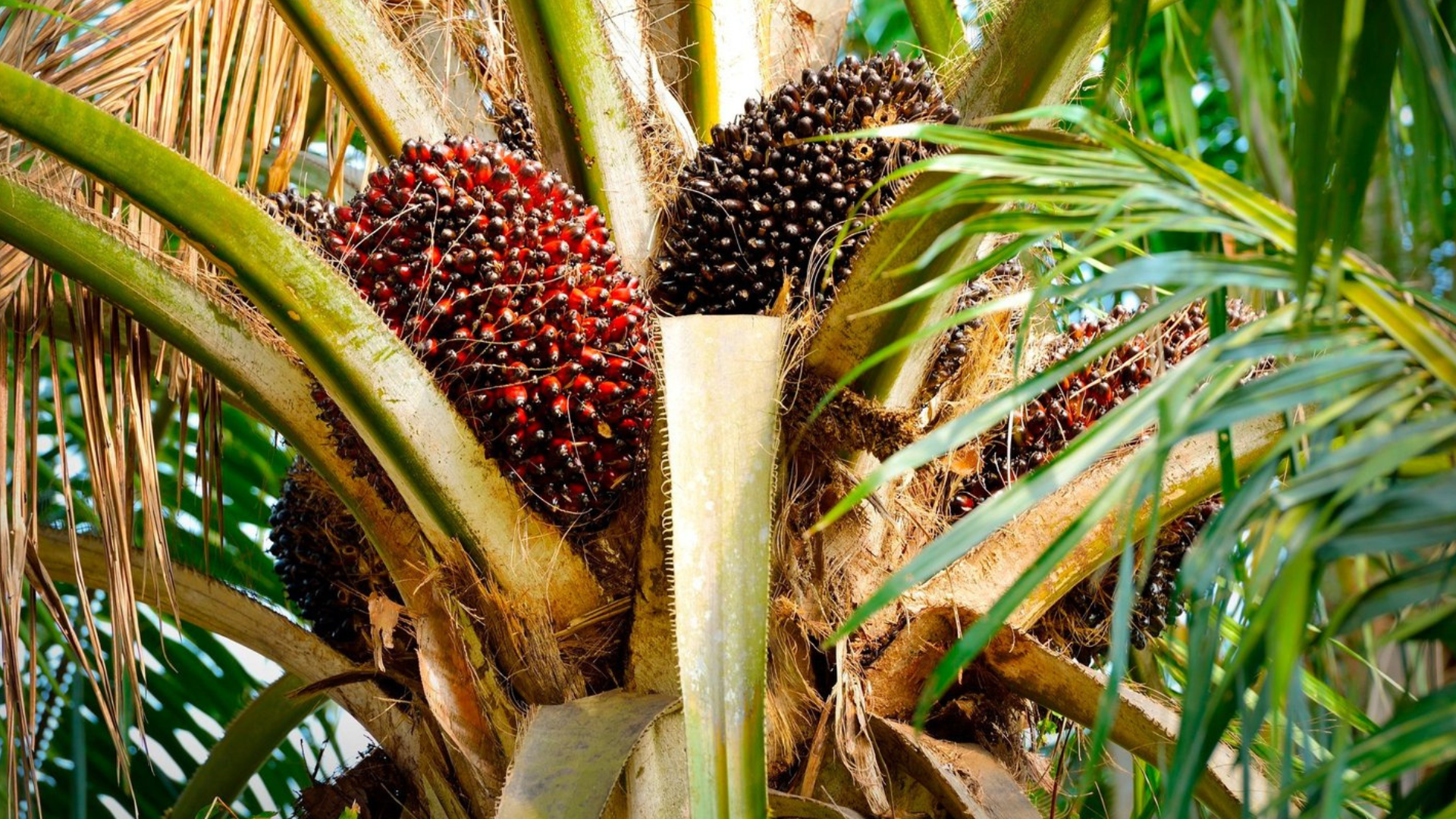Sustainable grocery shopping can have multiple benefits, for yourself and the environment. It helps to reduce waste and minimise the carbon footprint of food production and transport. Moreover, sustainable groceries contain more unprocessed foods, leading to a healthier diet. In this blog, you will find 5 tips so that you too can shop more sustainably.
1. Plan ahead
2. Avoid single-use packaging
3. Support sustainable brands
4. Consider plant-based options
5. Buy on sale
1. Plan ahead

Food waste is a global problem. In the Netherlands, we also contribute to food waste. According to Het Voedingscentrum, Dutch consumers wasted around 34 kilos of food per person at home in 2019.
It is therefore useful to always make a shopping list based on your meals for the week and stick to it to avoid impulse purchases and food waste. Before going to the supermarket, check your pantry and fridge for ingredients you already have in the house.
You can also buy flexible quantities, such as products sold per gram/kilo. This prevents you from buying more than you need. You can consider buying in bulk, as it reduces packaging waste and saves money. In most bulk shops, you can borrow glass jars, or you can choose to bring your own. This will save you money because you don't pay money for packaging. Read the following article to learn more about bulk shops in the Netherlands.
2. Avoid single-use packaging

Every day, 19 million plastic cups and food containers are thrown away in the Netherlands after single use. Moreover, processed foods often come in packaging that cannot be recycled and have a larger carbon footprint. For example, Dutch consumers use an average of 35 plastic bags per year. Therefore, look for products in the supermarket that are packed in reusable or recyclable packaging and bring your own reusable bags, packaging and bags for products.
If you buy from local farmers who sell their produce at the market they usually don't pack their produce, although there is an option where you can ask for a plastic bag or pouch. Besides, it costs a lot of fuel to transport products to the Netherlands from abroad. By supporting local farmers and choosing produce that is in season, you reduce the carbon footprint of transport and there is less plastic waste.
3. Support sustainable brands

Research and choose brands that prioritise sustainability in their practices, from sourcing to packaging. To make sure the product is sustainable, you can choose fair trade labelled products or organically grown products.
Organic food is grown in healthy and nutrient-rich soil and is free from genetically modified organisms (GMOs) and synthetic pesticides. The purpose of organically grown food is to promote soil health, reduce environmental pollution and promote a sustainable planet.
Products grown organically in the EU can be identified by the EU organic production logo. The logo only appears on a product if it consists of at least 95% organic ingredients. Other organic labels include EKO, Skal, Naturland and Demeter.
4. Consider plant-based options

A plant-based diet can have a lower carbon footprint and requires fewer resources for production. Livestock production is a major contributor to greenhouse gas emissions, especially methane, produced by cows and other ruminants.
Plant-based food reduces the demand for animal-based food, thereby reducing greenhouse gas emissions from livestock farming. This is not only good for your wallet, as meat and fish are on the pricey side, but it is also good for your health. A plant-based diet lowers the risk towards cardiovascular disease. This is because vegetable fats are more often unsaturated. Compared to saturated fats, unsaturated fats are better for your cardiovascular system.
5. Buy on sale

Perishable products such as fruit, vegetables, bake-off products, ready meals and meat should not be sold in supermarkets the next day. All supermarkets must therefore mark down their products at the end of the day. Thereby, the time at which these products are discounted varies from supermarket to supermarket. Besides these discounted products from supermarkets, there are also other initiatives where you can buy leftover stock. Below are examples of initiatives where you can buy leftover stock so that you can also do sustainable grocery shopping.
- AH Overblijvers
Since many supermarkets have to empty their shelves after the expiry date, a lot of food is wasted. This is why Albert Heijn is currently selling its products that are going out of stock or approaching their expiry date. You can carry these products extra cheaply in your own bag. You can buy the products in a special box which is called the AH overblijvers. You can buy the box for €4.95 (with a value of at least €14.95). There are 3 types of AH Overflowers available at AH: Surprise, Vegetarian, and Bakery. Read more about the AH Overblijvers on the AH website.
- Too Good To Go
Too Good To Go is an app and movement to combat food waste. It connects consumers with local businesses, such as supermarkets, restaurants and cafes, that have surplus food at the end of the day. Through the app, users can buy this surplus food at a discounted price, reducing food waste and supporting local businesses. The aim of Too Good To Go is to raise awareness of the problem of food waste and empower people to take action and make a positive impact on the environment. Read more about combating food waste here.
Small changes can have a big impact and every little bit helps to create a more sustainable food system. By using shopping lists, avoiding single-use packaging, supporting sustainable brands, choosing plant-based options, and buying on sale, you can shop in a sustainable way. By doing so, you are not only contributing tothe environment, but also contributing to your own health!






.png)


